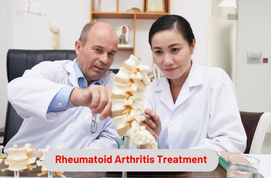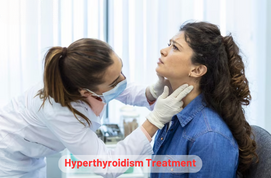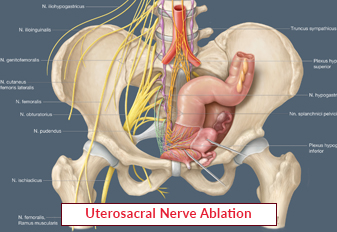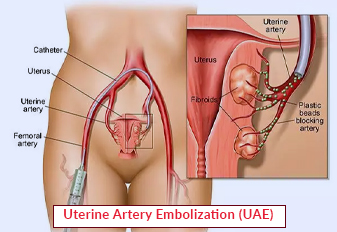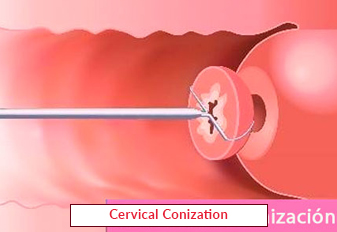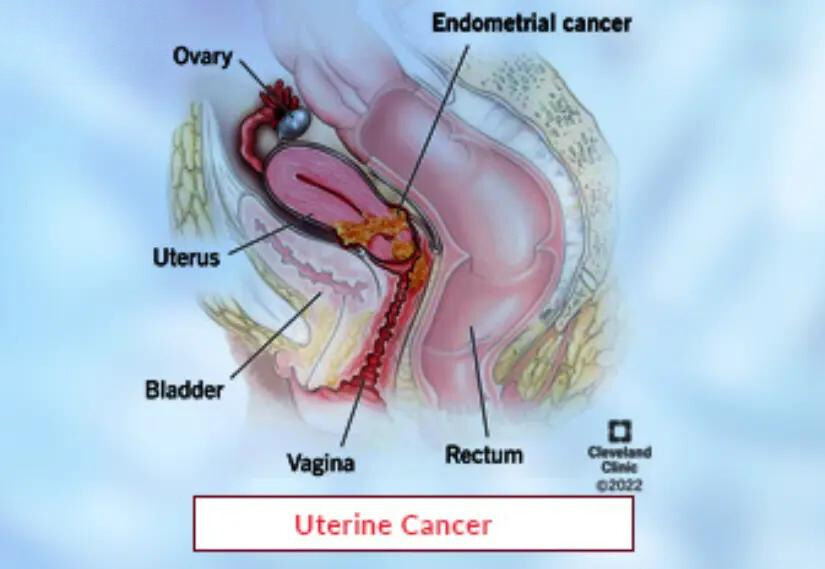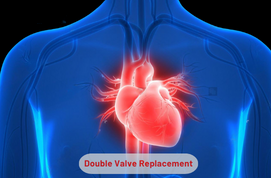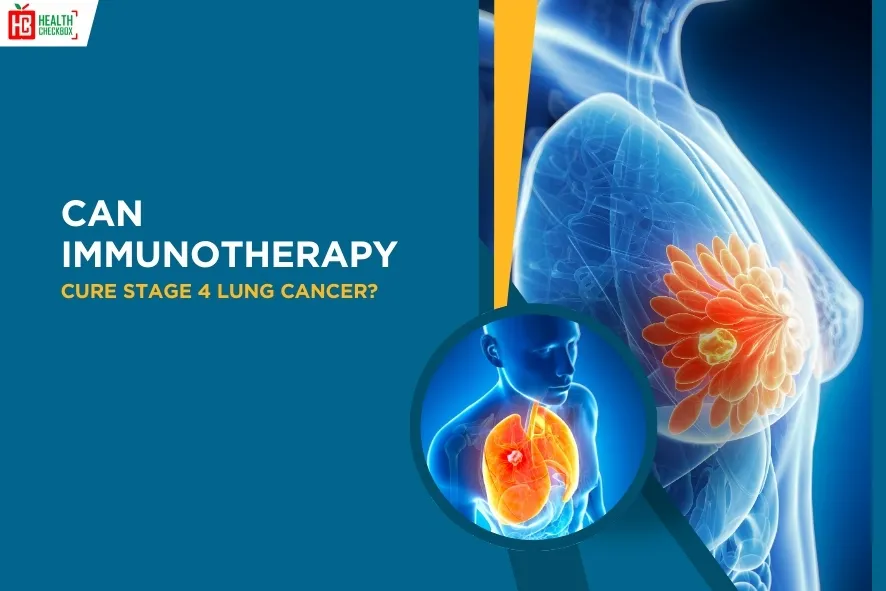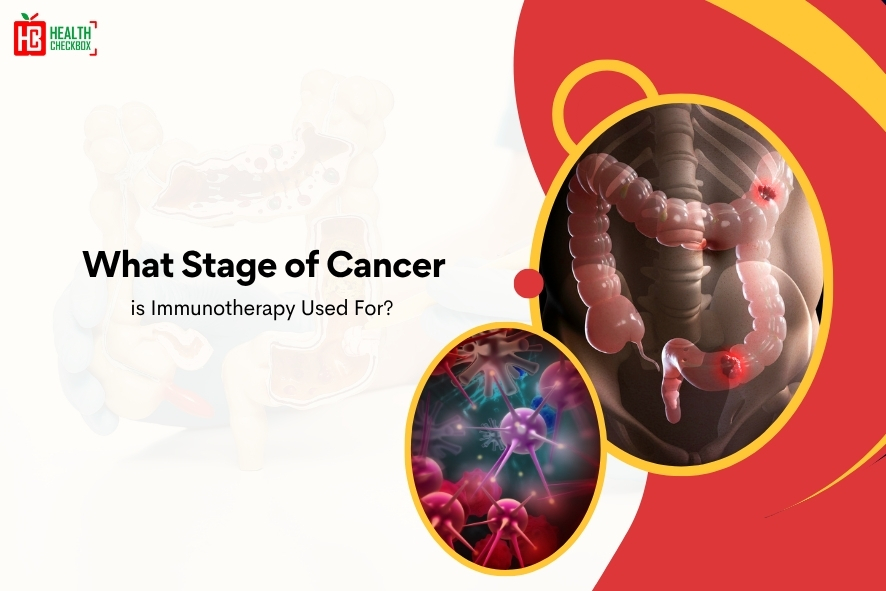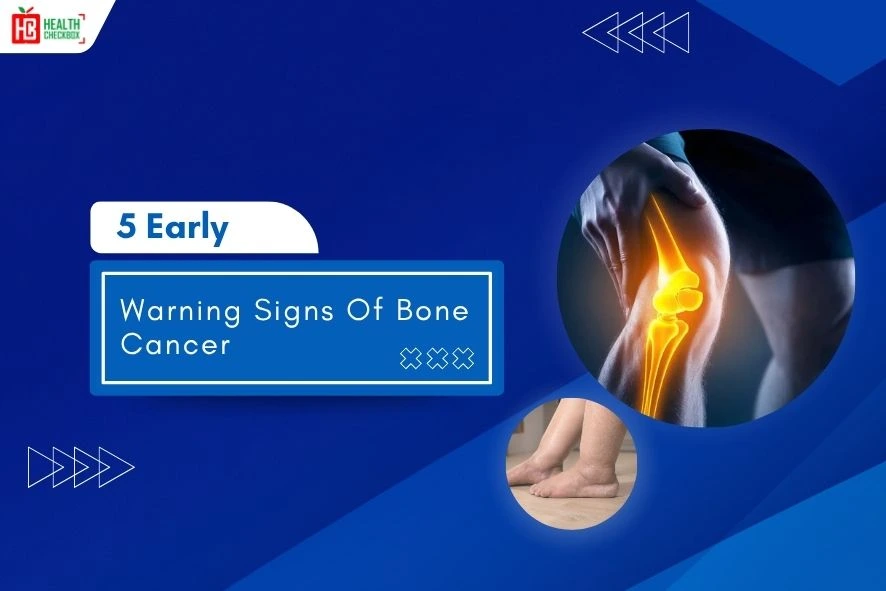It is a painful and long lasting condition in which joints become deformed. It makes them stiff, swollen and inflamed. It mostly affects both sides of the hands and wrist. It is caused by attacking its own body’s tissues. Eyes, lungs, nerves, blood, heart and skin are also affected. Its symptoms can be experienced by an individual over the weeks and even it can take a month. It is more common in females than males. It should be detected at an early stage so it can be treated in the best way.
Symptoms of RA
It includes the following symptoms:-
- Weight loss
- Fever
- Lack of energy
- Sweating
- Lungs and heart get affected and cause chest pain
- Swelling
- Tiredness
- Aching pain
- Joints become stiff
- Warmth and redness
Causes of Rheumatoid Arthritis
Your immune system mistakenly produces antibodies in the lining of the joint and this attacks healthy tissue. Some chemicals are released and damage the ligaments, tendon, bones and cartilage. This leads to inflammation and soreness.
Risk Factors
These are mentioned below:-
- Overweight
- Family history have more risk to develop this disease
- It commonly starts in middle age
- It is more experience by women than men
- Smoking
Diagnosis For RA
Your rheumatologist will ask your medical history and run the following tests to detect RA:-
Blood Tests
- C-reactive protein
- Rheumatoid factor
- Complete blood count
- Erythrocyte sedimentation rate
- Muscle markers
- Cyclic citrullinated peptide antibodies
- Autoimmune markers
- Thyroid function etc.
Imaging Tests
- MRI scan
- Ultrasound
- X-rays
Rheumatoid Arthritis Treatment
Its treatment is done in the following way:-
a) Stages of RA
It is important to know its stage. There are 4 stages which are mentioned below:-
- Stage 1 – It is a starting phase.
- Stage 2 – Antibodies started to form and cause inflammation in the joints.
- Stage 3 – It is a moderate form in which an individual will experience its severe form with pain and inflammation.
- Stage 4 – It damages and deforms the joints.
b) Treatment for RA
There are various options to treat this disorder:-
1) Therapy
There are two options of therapies in which physical therapy helps to maintain the strength of the target joint. It is done to make your joints more flexible. Occupational therapy helps to perform daily activities. This therapy helps to protect your joints while at home or work. Both therapies reduce pain and help with movement so individuals are able to work.
2) Medicines
Various types of medications are given below:-
a) Biological Treatment – It is the latest medical option in which medicines are given in the form of injection. It prevents the chemicals which are released by the immune system to damage your joints.
b) Disease-Modifying Anti-Rheumatic Drugs – It helps to prevent the immune system from attacking the joints.
c) Pain Relieving Medication – The combination of two drugs are used to get relief from pain only due to arthritis.
d) NSAIDs – These have analgesic properties and help in reducing pain caused due to RA.
e) JAK Inhibitors – It is advised when individuals cannot take DMARDs to treat severe rheumatoid arthritis.
f) Steroids – These are stronger drugs in reducing stiffness, inflammation and pain. It can be taken in the form of a tablet and injection to inject into the painful joints and muscles.
3) Surgery
When medications are not effective then there is a requirement of an operation. It is done to minimize and fix deformities which include:-
Joint Replacement
It is a major surgery in which a part or all joints are replaced. It includes knee, shoulder and hip, this is called arthroplasty. A person has to stay for many days in the hospital.
Hand, Wrist and Finger Surgery
Different types of operations are performed to correct joint problems. Like cutting a ligament in the wrist, removal of inflamed tissue from the finger joints and abnormal bending is treated by releasing tendons.
Arthroscopy
In this procedure, a small cut is made. Then a thin tube with a camera and a light is inserted into the joints to examine the affected joint. It is done to remove the damaged tissue.
Our Other Services
Latest Health Tips
Can Immunotherapy Cure Stage 4 Lung Cancer?
Early Signs of Cervical Cancer
Foods that Kill Cancer: Leafy Vegetables, Grains, & More
What Stage of Cancer is Immunotherapy Used For?
Which is Worse for Cancer, Sugar or Alcohol?
Vaccines That Prevent Cancer
What Kills Cancer Cells in the Body Naturally?
5 Early Warning Signs of Bone Cancer
Submit Your Enquiry
Testimonials








